Imagine having a garden filled with lush, green cannabis plants, wafting their sweet aroma into the air. Imagine being able to harvest your own cannabis, knowing that it was grown with love and care, using only the best methods.
Now it is possible for many Australians who have been granted a permit to grow medical cannabis outdoors. With its warm climate and abundant sunshine, Australia is the perfect place to grow this versatile plant.
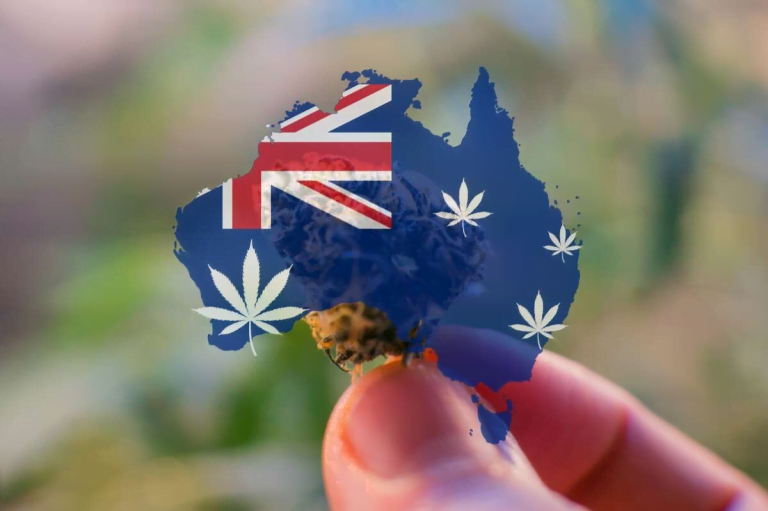
However, outdoor cultivation is not without its challenges. Growers must be aware of the laws and regulations surrounding cannabis cultivation, as well as the specific growing conditions in their region.
In this article, I will share my expertise as a medical cannabis grower to help you navigate the challenges of outdoor cultivation and produce a bountiful harvest of high-quality medical cannabis.
Laws and Regulations
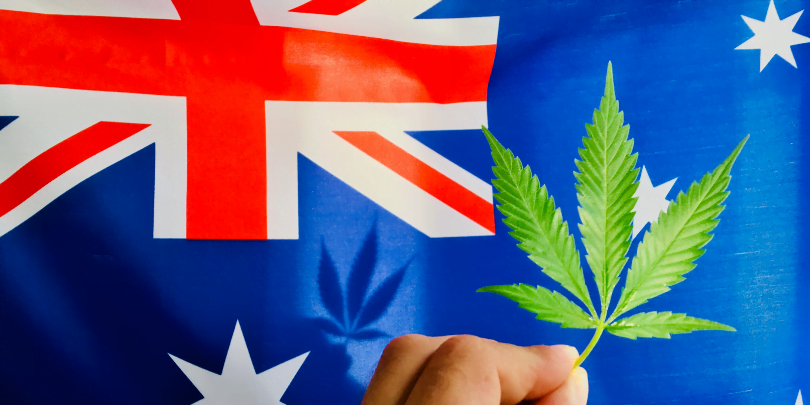
Laws related to cannabis cultivation vary significantly in different parts of Australia. Australia’s federal government legalized cannabis cultivation for research and medical use on February 24, 2016.
The Australian Capital Territory passed a bill on September 25, 2019, that, as of January 31, 2020, permits the possession and cultivation of small amounts of cannabis for personal use. However, the bill conflicts with federal laws that forbid the use of cannabis for recreational purposes, and the changes prohibit the supply of cannabis and cannabis seeds.
What are the specific laws for cannabis cultivation in Australia?
In the ACT, individuals who are 18 years of age or older have the following new legal rights:
- Possess up to 50 grams of dried cannabis or up to 150 grams of wet (fresh) Cannabis
- Cultivate up to two cannabis plants per person, with a household limit of four plants
- Consume cannabis at their home for personal use.
However, it is against the law to:
- Sell, share, or give cannabis as a gift to another person.
- Allow anyone under the age of 18 to grow, possess, or use cannabis.
- Drive while under the influence of cannabis.
- Use of cannabis or to smoke in public places.
- Expose children or young people to cannabis smoke.
- Store cannabis where children can reach it.
- Grow cannabis artificially or using hydroponics.
- Grow plants where the public can access them.
In cases where cultivation is permitted, individuals or entities often need to obtain licenses or permits from the appropriate authorities.
What are the growing conditions in Australia?
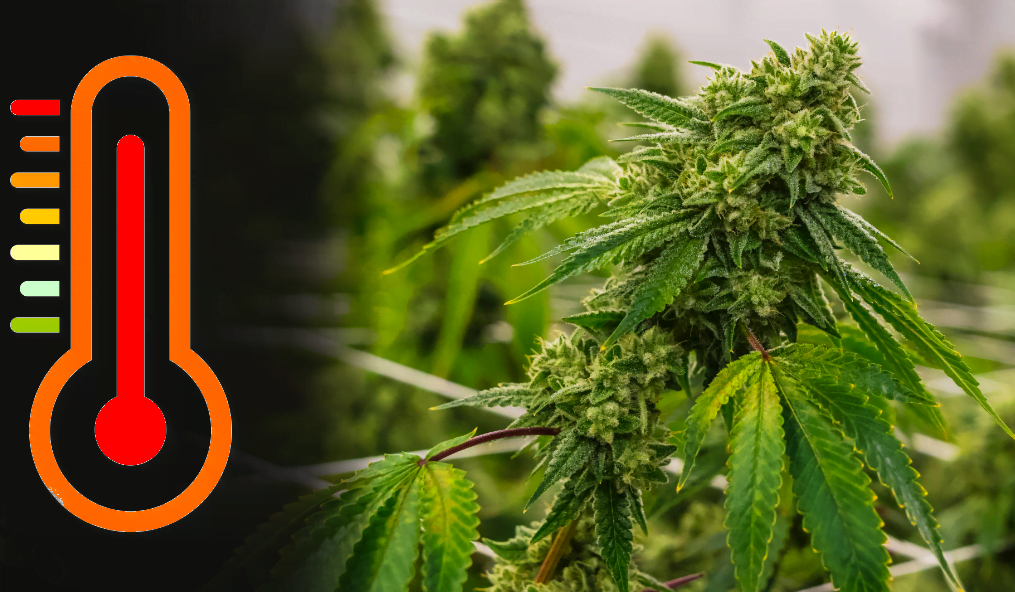
Australia’s climate can vary significantly depending on the region, so the best climatic conditions for growing cannabis outdoors in Australia will depend on your specific location. Here are some general guidelines suggesting the ideal environmental conditions for growing cannabis:
- Sunlight: Cannabis requires plenty of sunlight for robust growth. In Australia, most regions receive adequate sunlight for outdoor cannabis cultivation. Ideally, choose a location with at least 6-8 hours of direct sunlight daily.
- Temperature: Cannabis prefers a mild climate with daytime temperatures between 70-85°F (21-30°C) and nighttime temperatures not dropping below 60°F (15°C). Many parts of Australia have suitable temperatures for cannabis cultivation, especially during the spring and summer months.
- Rainfall: Cannabis needs a moderate amount of water, and outdoor plants can benefit from natural rainfall. However, excessive rain can lead to mold and mildew, so it’s essential to have control over water and provide proper drainage. Some regions of Australia experience seasonal rainfall, so it’s important to be prepared for dry periods and have a reliable water source.
- Wind: Strong winds can damage cannabis plants. Consider using windbreaks or plants in a location that provides some natural protection from strong winds. A sheltered outdoor spot or a greenhouse can be advantageous in windy areas.
- Humidity: High humidity can increase the risk of mold and mildew, so it’s important to choose strains that are resistant to these issues and provide proper ventilation to help control humidity.
Suitable Strains
Australia’s diverse climate, ranging from tropical and subtropical in the north to temperate and cooler in the southern regions, offers opportunities to grow various cannabis strains. However, the specific strains suitable for different areas of Australia will depend on the local climate and growing conditions. Here are some strain recommendations for various Australian regions:
- Tropical and Subtropical Northern Australia (e.g. Queensland, Northern Territory):
- These regions have high temperatures and high humidity. Strains that do well in tropical climates include:
- Sativa Dominant Strains: Sativa strains are well-suited for their resilience to heat and humidity. Consider strains like Durban Poison, Thai, and Haze varieties.
- Eastern Coastal Regions (e.g. New South Wales, Queensland):
- These areas can have a mix of climates, but in coastal regions with mild winters, strains like:
- Hybrids and Sativa Dominant Strains: These can perform well. Examples include Blue Dream, Pineapple Express, and Green Crack.
- Southern Australia (e.g. Victoria, South Australia, Tasmania):
- The southern regions experience milder climates with cooler winters and are suitable for a range of strains, such as:
- Indica and Hybrid Strains: Many Indica and hybrid strains thrive in temperate climates with distinct seasons. Examples include Northern Lights, OG Kush, and Girl Scout Cookies.
- Autoflowering Strains: These can be beneficial in areas with shorter growing seasons.
- Inland and Arid Regions (e.g. Outback):
- In hot and arid inland regions, strains that can handle high temperatures and limited water may be more suitable:
- Indica Dominant Strains: Some Indica-dominant strains can tolerate hot and arid conditions. Examples include Afghan Kush and Critical Kush.
- High Altitude Regions (e.g. Blue Mountains, Snowy Mountains):
- At higher altitudes, consider strains that can adapt to cooler temperatures and thinner air:
- Landrace Strains: Some landrace strains have natural adaptations to high altitudes and cooler climates.
- Greenhouse and Indoor Cultivation: For regions with more extreme conditions, such as desert areas or locations with temperature fluctuations, greenhouse cultivation or indoor growing can provide a more controlled environment. In these cases, a wide range of strains can be suitable, depending on the level of control you have over environmental factors.
It’s important to remember that microclimates can vary within regions, so it’s always a good idea to consult with local growers and breeders who have experience in your specific area for strain recommendations.
When is the growing season in Australia?
Again, the best months for growing cannabis in Australia can vary depending on the region and climate. Australia is a large country with diverse weather patterns, so the optimal timing for cannabis cultivation may differ from one area to another.
Here are some general guidelines based on Australia’s seasons and climate zones:
- Spring (September to November): Spring is an ideal time to start growing cannabis in many parts of Australia. With increasing daylight hours and milder temperatures, this is when you should consider germinating your cannabis seeds or transplanting seedlings. In regions with a Mediterranean climate (e.g., parts of Western Australia and South Australia), spring can be a particularly favorable time for outdoor cultivation.
- Summer (December to February): In regions with hot and dry summers, such as much of central and northern Australia, cannabis can thrive during the summer months. However, in some areas, especially those with extreme heat, you may need to provide extra shade, water, and protection from the harsh sun to prevent stress and heat-related problems.
- Autumn (March to May): The early part of autumn is a good time for flowering and maturing cannabis plants. As the days gradually become shorter, this change in light triggers the flowering phase of most cannabis strains. In areas with a Mediterranean climate, the mild temperatures and lower risk of late-season frost make autumn a favorable time for outdoor cultivation.
- Winter (June to August): Winter is generally not the best time for cannabis growth in most of Australia. The days are shorter, and temperatures can drop significantly, which can slow plant growth or even damage the plants. However, in the northern parts of the country with a tropical climate, it may be possible to cultivate cannabis year-round with some considerations.
What are the best cultivars to grow?
The decision to select a cannabis strain is critical for effective development in the Australian environment. Here are a few common rules:
- Sativa Prevailing Strains: These strains are reasonable for northern and tropical regions, where all-year warmth is available. They will generally have a more drawn-out blooming period.
- Indica Prevailing Strains: Indica strains are by and large better adjusted to cooler locations with unmistakable seasons and are in many cases liked in southern regions of the country.
- Mixture Strains: Half and halves can be flexible and versatile, making them a decent decision for different environments.
- Autoflowering Strains: Autoflowering strains, which don’t depend on changes in that frame of mind to set off blossoming, are great for regions with more limited developing seasons.
- High CBD Strains: For clinical development, consider strains with high CBD and low THC content, known for their possible restorative advantages.
- Disease and Pest-Resistant Strains: Some strains have genetics that make them less appealing to common pests.
- Drought-Tolerant Strains: In regions with low rainfall and dry conditions, select strains with drought-tolerant qualities.
- Local Strains: In some areas, unique cannabis strains have developed with adaptability to local conditions. These strains may be well-suited for cultivation in their specific region.
Where to Buy Cannabis Seeds in Australia
For those seeking reliable sources to purchase cannabis seeds in Australia, several international seed banks cater to Australian customers. Here are a few noteworthy options (if you know any other good sources let me know):
Seedsman: Europe-based Seedbank
Seedsman stands as one of the leading seed banks in Europe. With a wide array of strains and a reputation for quality, they also provide shipping services to Australia, offering a diverse selection of cannabis seeds to suit various needs.
ILGM: USA-based Seed Bank
ILGM, a prominent seed bank located in the United States, has gained recognition for its high-quality seeds and discreet shipping services. Despite being based in the US, ILGM extends its shipping services to Australia, providing a selection of cannabis seeds known for their reliability and quality.
Canuk: Canada-based Seedbank
Canuk, situated in Canada, is a seed bank known for its premium-grade seeds. Although located in North America, they offer shipping to Australia, providing a range of cannabis seeds that cater to the specific needs of users.
Blimburn Seeds
Blimburn Seeds is a well-established name in the cannabis industry, known for its innovative breeding techniques and diverse seed offerings. Although based outside of Australia, Blimburn Seeds often provides international shipping, allowing Australian customers access to their premium cannabis seeds. With a focus on genetic stability and potency, Blimburn Seeds is a reliable choice for those seeking high-quality seeds for medical cannabis cultivation.
Note: When purchasing seeds for medical cannabis in Australia, ensure that the selected seed bank complies with all legal restrictions and shipping regulations.
Tips for growing in the Australian climate
Planting and Care
Once you’ve selected the appropriate strain, follow these steps:
- Planting: Plant your cannabis seeds or seedlings according to the recommended spacing and depth for your chosen strain.
- Watering: Ensure your plants receive adequate water. Be mindful of the balance between not overwatering and preventing drought stress. Consider installing an efficient irrigation system for consistent moisture management.
- Fertilization: Use Bloom fertilizers by Reefertilizer to provide essential nutrients. Our nutrients feed your soil and your plant’s nutrient needs at different growth stages.
- Pest and Disease Management: Regularly inspect your plants for signs of nutrient deficiencies, pests, or diseases. Take necessary steps to protect your plants from threats.
- Provide Support: As your plants grow, you may need to provide support in the form of stakes or trellises to prevent them from falling over and to maximize sunlight exposure.
- Monitor and Maintain: Regularly inspect your plants for signs of nutrient deficiencies, pests, or disease. Adjust your care routine accordingly. Be mindful of the weather, as extreme temperatures, heavy rains, or drought can affect your plants.
- Disposal of Plant Material: Be sure to dispose of any unused or excess plant material properly and in accordance with local regulations.
Harvest and Post-Harvest
- Harvesting: Harvest your cannabis plants when they have reached the appropriate maturity, which can vary depending on the strain. This is typically during the fall when days are shorter.
- Drying and Curing: After harvesting, the buds need to be dried to remove excess moisture and prevent mold and rot. The drying process is a crucial part of post-harvesting.
- Trimming: After drying, trim the buds more precisely, removing any remaining leaves and stems. This process is known as “manicuring.”
- Curing: Once trimmed, place the buds in airtight glass jars or containers. The curing process allows the buds to develop their aroma, flavor, and potency. Store the jars in a cool, dark place for several weeks to a few months.
- Quality Control: Regularly inspect the curing jars for signs of mold, excessive moisture, or any unusual odors.
- Packaging and Storage: Once the buds are adequately cured, they can be transferred to airtight, light-proof containers for longer-term storage.
Cannabis growers may need to devote a large amount of time, energy, and care to the plant in order for it to achieve its full potential. It will also require a suitable blend of nutrients in the form of fertilizers.
The nutritional needs of the plant change during the flowering period. Reefertilizer products are a great option to provide your cannabis plants with the required blend of nutrients.
Reefertilizer ships to Australia from the United States but it can take up to several weeks for your order to arrive. Be sure to order early if you plan on starting your plants outdoors.
If you want to learn even more about growing good cannabis, we offer a free 40+ page guide full of images.
Now available on Amazon.
Sign up for our newsletter and download the digital copy today!
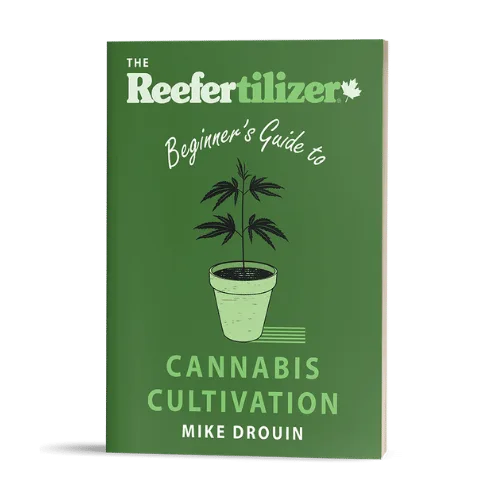
This guide will answer many questions about growing cannabis, like the following...
Selecting Seeds
Identify and Correct Problems
Maximize Yield
Much More...
Get a Chance to INSTANTLY WIN a Reefertilizer Nutrient Kit When You Sign Up.
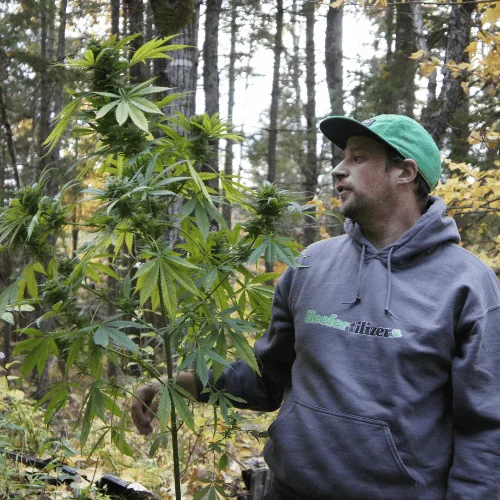
Mike Drouin is the co-founder of Reefertilizer. He’s an experienced craft cannabis grower and a writer of many articles regarding the process. Mike lives on Vancouver Island and enjoys cycling and camping and will sometimes combine the two.
